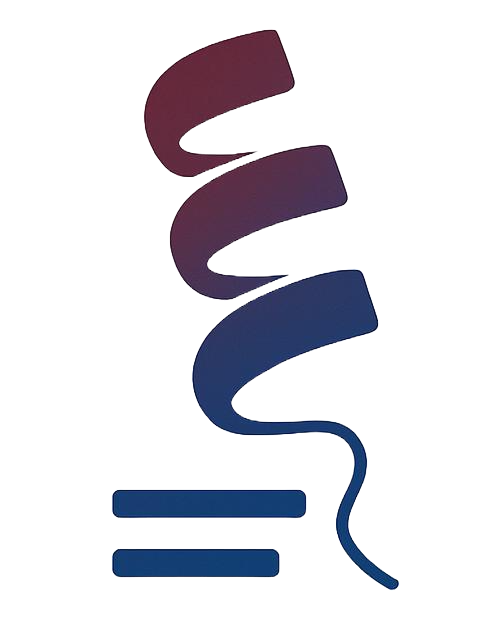


| Basic Information | |
|---|---|
| Taxon OID | 3300020530 Open in IMG/M |
| Scaffold ID | Ga0208235_1000232 Open in IMG/M |
| Source Dataset Name | Freshwater microbial communities from Lake Mendota, WI - 22OCT2012 deep hole epilimnion (SPAdes) |
| Source Dataset Category | Metagenome |
| Source Dataset Use Policy | Open |
| Sequencing Center | DOE Joint Genome Institute (JGI) |
| Sequencing Status | Permanent Draft |
| Scaffold Components | |
|---|---|
| Scaffold Length (bps) | 14489 |
| Total Scaffold Genes | 37 (view) |
| Total Scaffold Genes with Ribosome Binding Sites (RBS) | 27 (72.97%) |
| Novel Protein Genes | 2 (view) |
| Novel Protein Genes with Ribosome Binding Sites (RBS) | 2 (100.00%) |
| Associated Families | 2 |
| Taxonomy | |
|---|---|
| All Organisms → cellular organisms → Bacteria | (Source: UniRef50) |
| Source Dataset Ecosystem |
|---|
| Environmental → Aquatic → Freshwater → Lentic → Epilimnion → Freshwater → Freshwater Microbial Communities From Lake Mendota And Trout Bog Lake, Wisconsin, Usa |
| Source Dataset Sampling Location | ||||||||
|---|---|---|---|---|---|---|---|---|
| Location Name | Lake Mendota, Madison, Wisconsin, USA | |||||||
| Coordinates | Lat. (o) | 43.098333 | Long. (o) | -89.405278 | Alt. (m) | Depth (m) | Location on Map | |
| Zoom: | Powered by OpenStreetMap © | |||||||
| ⦗Top⦘ |